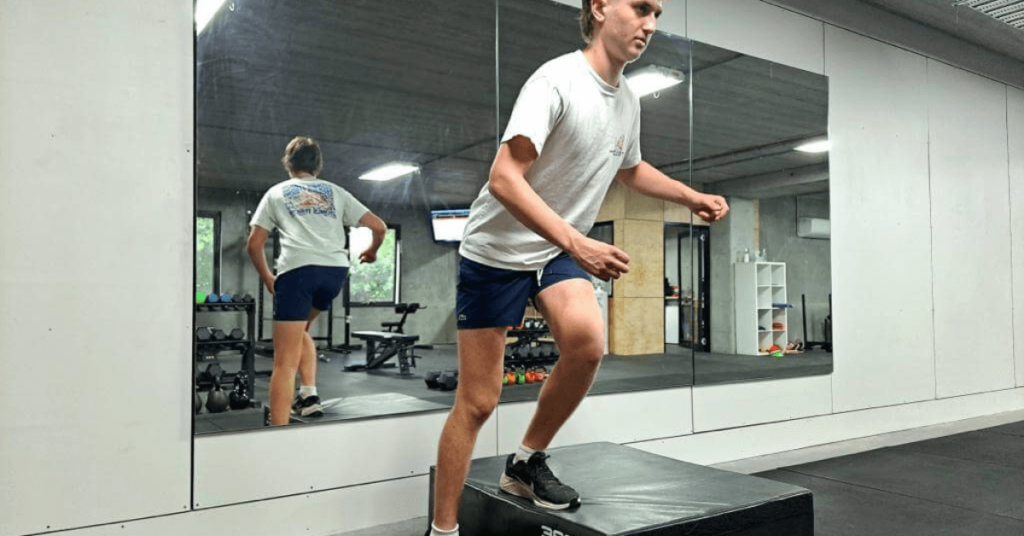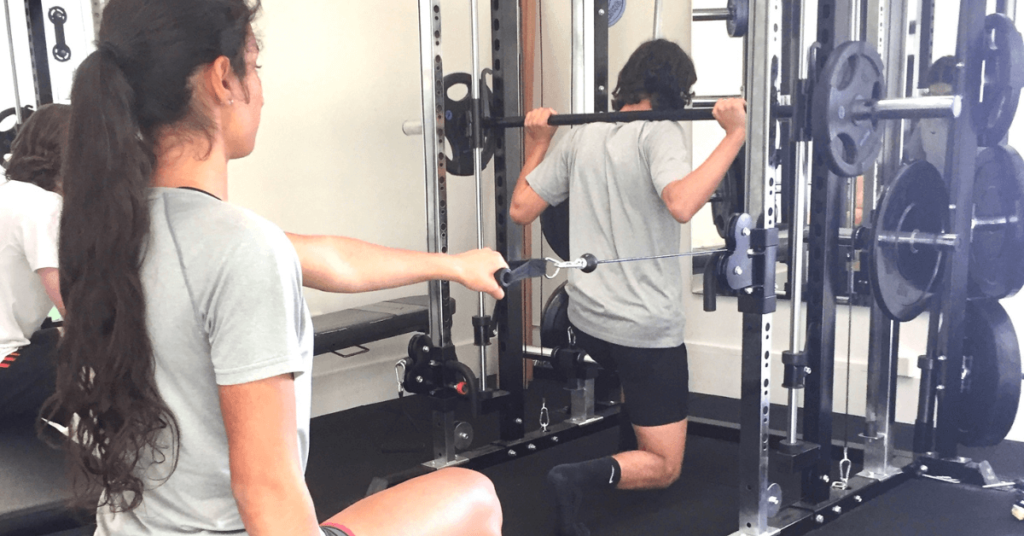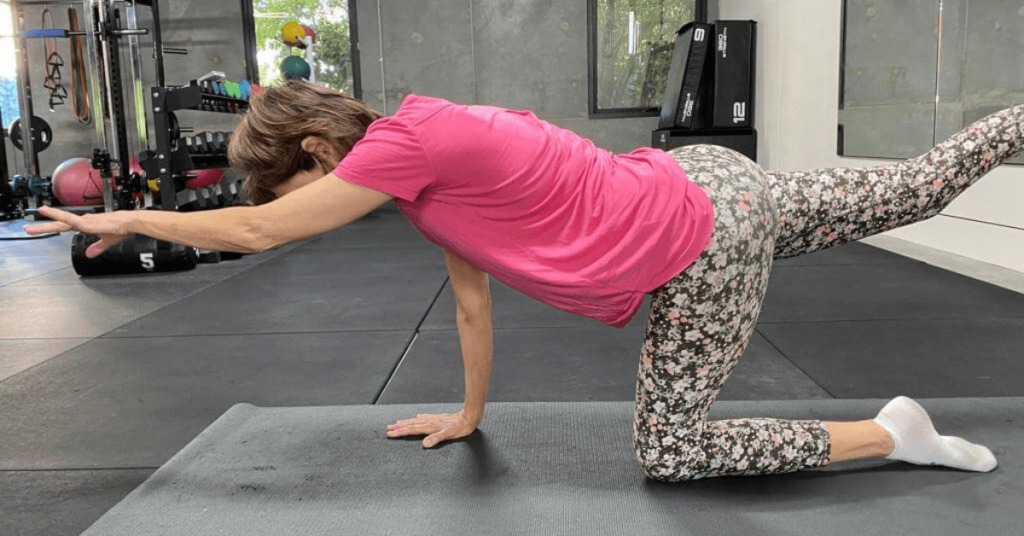Don’t Ignore Strength Training for Weight Loss
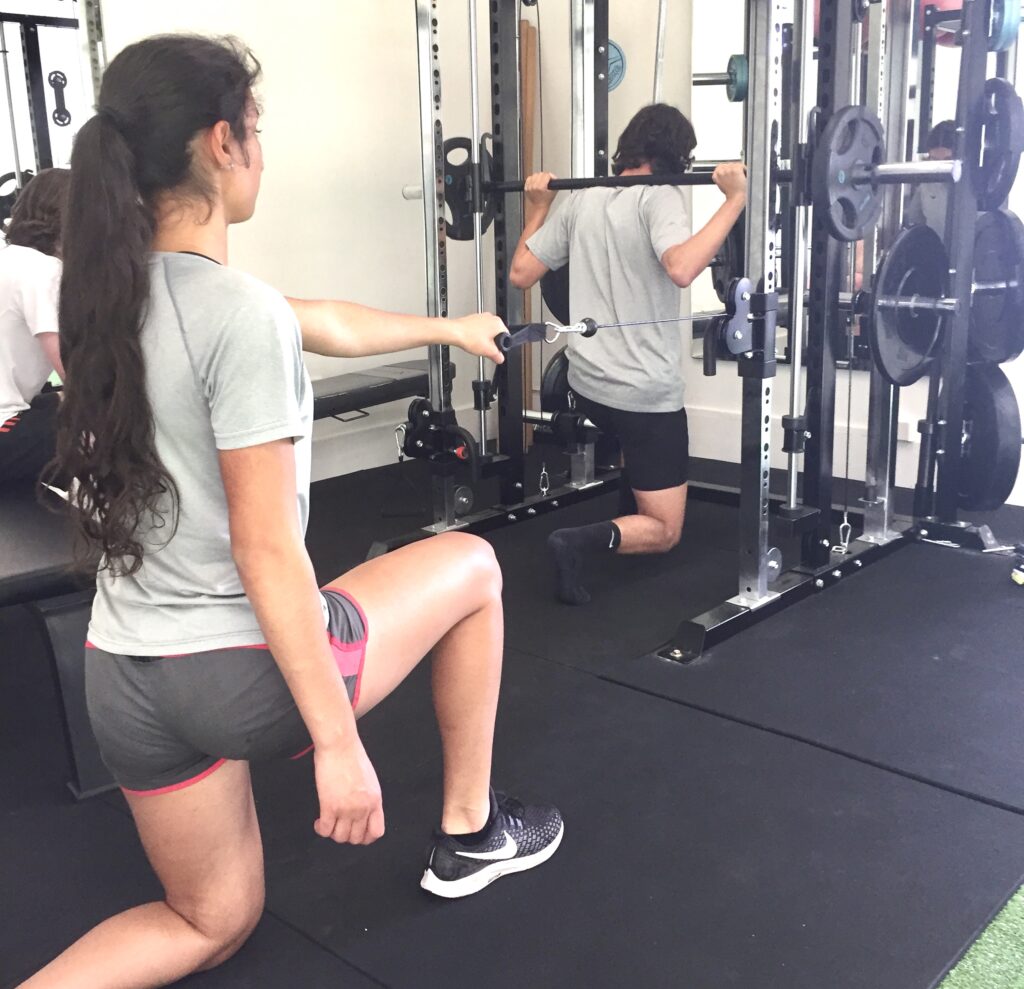
You are not required to spend all of your time in the gym. You may also do it at home without any additional equipment. Here’s why strength training can be the key to getting your weight loss going, and some pieces of advice on exercises to get you started. If you’re attempting to lose weight, don’t put all of your effort on the treadmill. Strength training is a crucial component of weight reduction. Here’s why—and how it’s happening.
If you’re in decent physical shape but need to shed a few pounds, hiring a fitness trainer for high-powered training for weight loss is a terrific option. However, if you need to lose a lot of weight and have little expertise with fitness routines, these activities are for you.
The Basics
1. Obtain a doctor’s approval
You should make sure that you don’t have any medical conditions and or reasons to avoid exercising frequently, especially if you’ve been inactive for a long time.
2. Do walking
Before you begin your strength training activities, warm up your body. This controlled motion spanning the complete range of motion is used in dynamic stretching. If you feel up to it, you may mix it up with some moderate jogging, but at least 40 minutes of brisk walking five (5) to six (6) days a week should be your objective. On a treadmill, a sidewalk, or in the park, you can do this.
3. Maintain a balanced diet
Your food should be low in calories to help you lose weight while still providing you with important nutrients and enough energy to keep up with your exercise routine. For this programme, the following is the foundation of a nutritious and weight loss diet:
- Eat a diet that is somewhat low in fat, rich in fibre, and low in animal fats.
- Refined carbohydrates such as cookies, cakes, candies, sugary drinks, and white bread should be avoided.
- Low-fat dairy products such as yoghurt, cheeses, and soy alternatives can be substituted for full-fat dairy products. Consider soy, oat or almond milk.
- Eat a lot of fruits, vegetables, beans, nuts, and seeds, and choose whole-grain bread and cereals.
- Choose lean, low-fat meats or vegetarian options.
The Health Benefits
1. Strength Training helps burn more calories effectively
Muscle burns more calories than fat, according to some estimations, up to three times more.
Muscles are efficient fat-burners. To put it another way, the more muscle mass you have, the more calories you will burn. It doesn’t stop when you leave the gym, either. As your body strives to heal strained muscle fibres, it continues to burn calories for the following 24 to 48 hours. Consider this. You’re increasing your calorie burn by lifting weights. According to one nine-month research, you’re increasing your metabolism by up to 5%. And, because you’re probably already watching what you eat, your workout regimen is now assisting you in losing those extra pounds.
2. Strength Training helps your metabolism
Strength training improves posture, increases endurance, increases strength, and decreases the risk of injury. It has also been shown to benefit heart health, cholesterol levels, and bone density in studies. It also helps to halt the deterioration of strength that occurs as we age by preventing our muscles from turning to mush and being replaced by fat. Muscle is continually rebuilt, and synthesised, and each of these actions necessitates the expenditure of energy. The more muscle you have, the more energy you’ll need to complete this training for weight loss.
3. Strength training helps you get stronger and more fit
This advantage is self-evident, but it should not be neglected. Muscle strength is vital for making it easier to do daily activities, especially as we age and lose muscle mass. Because it involves contracting your muscles against an opposing force to grow and tone them, strength training is also known as resistance training.
4. Strength Training improves Body Mechanics
Previous research published in the journal Ageing Clinical and Experimental Research in November 2017 found that doing at least one resistance training session per week — either alone or as part of a multi-workout programme with strength trainers — resulted in an increase in muscle strength, muscle mass, and functional capacity in frail, elderly adults.
The muscles that keep you on your feet are responsible for maintaining your balance. Your balance will improve as those muscles become stronger.
5. Strength training improves mood and increases energy
Strength training has been shown to have a good effect on the brain through increasing endorphins and may be used as a stand-alone or adjunct therapy for depressive symptoms.
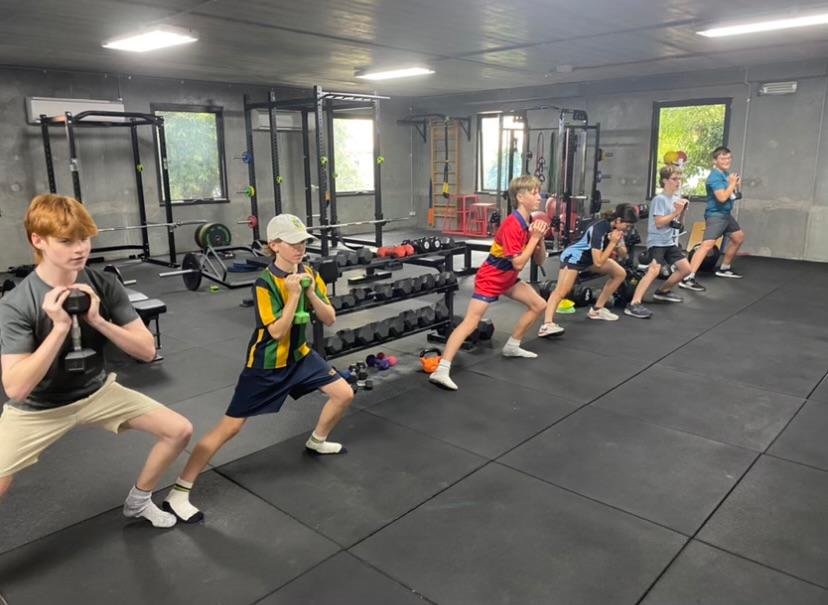
The 4 Weight-Loss Strength Training Workouts
Even though resistance training alone does not produce quick results, it is important to include weight training and strength training in your weight loss plan. Three times a week, undertake weight training exercises. Allow your muscles to recuperate by taking a day off in between.
These workouts can help you burn calories and increase your metabolism. You’ll burn more calories during activity and during rest since they help you gain lean muscle mass.
Kettlebell swings
This full-body, high-intensity workout will raise your heart rate while developing arm and leg strength and helping you establish a strong core.
How often do you do it: Swing a kettlebell for 20 seconds with both hands. 8 seconds of rest, 8 sets total
Lunges
Forward, backwards, weighted, and unweighted lunges are all options. Hold a kettlebell or weight plate next to your chest for the weighted variation, or hoist the weight above for an even more strenuous workout.
How often do you do it: Perform 8 to 12 lunges each leg in a set.
Push-ups
Pushups are a great way to strengthen your core, increase upper body strength, and grow muscular mass in your arms.
How often do you do it: Start with three sets of ten repetitions, resting 60 to 90 seconds between each set if you’re a novice. As your strength develops, gradually increase the amount of reps you do.
Step-ups
Step-ups are another terrific workout for strengthening your legs while also stabilising your core and lower back muscles. Begin with a low step height (6 to 12 inches) then work your way up to a greater step height, such as 24 to 30 inches. It is recommended to add weight by holding a dumbbell or kettlebell next to your chest or in each hand. It will help your quadriceps burn.
How often do you do it: Perform 5 sets of 5 to 10 repetitions on each side.
Summary
To improve muscle strength, strength training, often known as resistance exercise, includes exerting your muscles against a weight or force. Resistance training, which includes weight machines, free weights, and resistance bands and is the best way to lose weight. Don’t forget that before you begin training, complete the basics — speak with a doctor or specialists like physiotherapist, exercise physiologist, and orthopaedic. To maximise strength and size increases, each muscle group should be rested for at least 48 hours. Finally, don’t forget to switch things up for it might help you break through a training rut. You don’t have to start with a big weight, especially if you’re trying to lose weight. Every week, try something new—even if it’s only a small change—to challenge your body in new ways, since you’ll be utilising different muscles and burning more calories.


